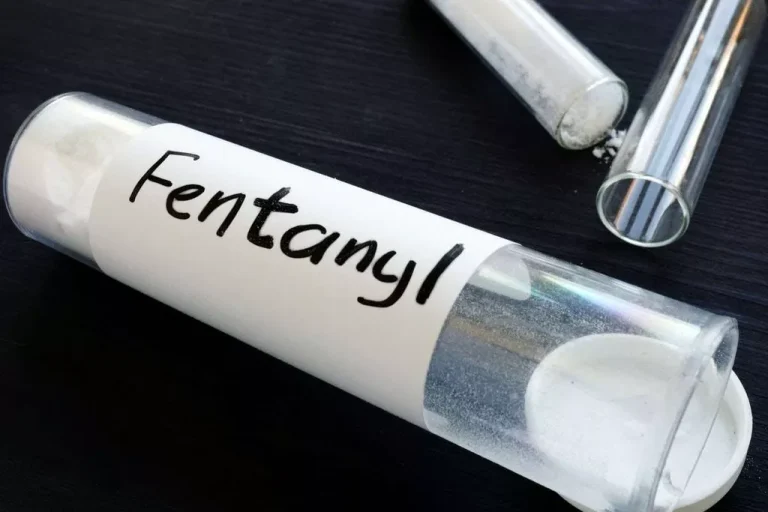
The physical and mental effects of drinking alcohol have been proven to impair driving ability to the extent that a person entertains substantially greater risk of being involved in a fatal collision, should they choose to drive while impaired. Learning about DUI and DWI laws and penalties is a vital aspect of your driver’s education program. Policy makers developing intervention strategies need to consider the local context in terms of knowledge, beliefs, and resources available to residents. For example, calls for enhanced enforcement, such as additional sobriety checkpoints, are unlikely to be effective without added financial resources or personnel and, more importantly, compassion for and cultural sensitivity toward populations of racial or ethnic minorities.
Reasons why people drink and drive
NHTSA provided data on BAC and previous drinking and driving convictions for 818 of 1,121 fatally injured drivers in the NMFS. Fatally injured drivers with BACs of 0.15 percent or higher, relative to zero-BAC drivers, were much more likely to have been classified by informants as “problem drinkers” (31 percent vs. 1 percent). Finally, fatally injured drivers with BACs of 0.15 percent or higher were much more likely than those with no BAC to be driving from bars (26 percent vs. 0 percent) or from restaurants or other people’s homes (34 percent vs. 22 percent). Alcohol test results from drivers stopped in the 1996 National Roadside Survey of weekend nighttime drivers were compared with the alcohol involvement of drivers in weekend nighttime single-vehicle fatal crashes, as determined by NHTSA for 1995 and 1996.

Dangers of Drinking and Driving: How Does Alcohol Affect Your Driving?
In addition to encouraging greater alcohol consumption among younger audiences, the alcohol industry’s marketing promotions and sponsorships may also target women and other high-risk and/or vulnerable populations (Babor et al., 2018). A crucial force in shaping the environments in which people make their decisions about drinking, which in turn affect their likelihood of drinking and driving, is the alcohol industry itself. Its practices and innovations in product development, pricing, promotion, and making its products physically available essentially structure the context of drinking for Americans. Moderate alcohol consumption is generally safe, depending on your health and tolerance. Not only can it cause personal harm or harm to others, but drinking and driving can be detrimental to the driver’s future, landing them behind bars with the guilt and shame of harming another person. NLAES data showed that the younger respondents were when they first began to drink alcohol, the more likely they were to develop alcohol dependence (Grant 1998).
Who is affected
Trends are reported based both on surveys of drivers stopped at random while driving and on records of alcohol-related fatal crashes. Only a small fraction of drivers in fatal crashes had drinking and driving convictions in the previous 3 years (3.2 percent) (see table 4). But of the drivers in alcohol-related fatal crashes, 8.4 percent had prior drinking and driving convictions. Further, the higher the BAC of drivers in fatal crashes, the greater their likelihood of a prior conviction (NHTSA 2003a). Drivers with BACs of .08 g/dL or higher involved in fatal crashes were 4 times more likely to have prior convictions for driving while impaired than were drivers with no alcohol (6% and 2%, respectively).

How Long After Drinking Is It Safe to Drive?
Drivers under 21 in all States tend to drive with more passengers in their vehicles. Despite laws making it illegal to sell alcohol to people under 21 and for drivers that age to drive after any drinking, most people in this age group who drive after drinking are unaware that it is illegal to do so. The percentage of traffic deaths that are alcohol related also varies depending on the role of the person killed in the crash consequences of driving drunk include: (i.e., whether the person killed was the driver, passenger, or pedestrian) and by the type of vehicle involved. In 2002, 41 percent of the drivers killed in crashes were killed in alcohol-related crashes, compared with 37 percent of passenger deaths and 47 percent of pedestrian deaths. Of all pedestrian deaths, 17 percent involved a driver who had been drinking and 38 percent involved a pedestrian who had been drinking.
Strengthening road safety legislation: a toolkit for road safety legislation workshops
A BAC of .08 grams of alcohol per deciliter (g/dL) or higher is above the legal limit in the United States. BAC is determined by the amount of alcohol in the blood compared to the amount of water in the blood. Just one drink before driving can put you and others in danger, because alcohol impairs thinking, reasoning and muscle coordination. BAC limits are most effective when enforcement is consistent and highly visible, when detection of violation results in penalties that are certain, swift and sufficiently severe, and when supported by effective public education campaigns. We’re here 24/7 to help guide you or your loved on through rehab and recovery. If you or a loved one is ready to overcome an alcohol addiction, reach out today.
How alcohol impacts your ability to drive
Take our short alcohol quiz to learn where you fall on the drinking spectrum and if you might benefit from quitting or cutting back on alcohol. Once your BAC is at .05%, you’ll have a slower response to emergency situations behind the wheel. If a car in front of you suddenly stops, for example, you may not hit the brakes in time if you’re impaired. Impaired perception makes it challenging to accurately judge distance and speed.
- In the DOT study, researchers interviewed 581 people who admitted to drinking and driving and asked them about the decisions that led to the choice to get behind the wheel.
- Studies also point to the different drinking and driving behaviors by prior DUI and other criminal arrests.
- Many states have enacted various laws in an effort to reduce the dangers of drinking and driving.
- The lack of a comprehensive population-based strategy may partly explain why the proportion of crash fatalities that are alcohol impaired has not declined in the last decade and has plateaued and has begun to increase.

In 2011 alone, close to one million high school teens admitted to drinking and driving. Although we identified decreasing trends in DUI of alcohol (except among older adults), we also found that nearly one in every ten adults in the United States drove under the influence of alcohol. Respondents who were aged 26–34, male, and White, and who reported higher SES as well as those with past-year criminal justice system encounters were more likely to engage in alcohol-involved driving in consistent with prior literature such as Caetano and McGrath (2005) and Labrie et al. (2007).
- More than 1.1 million drivers were arrested for driving under the influence of alcohol or narcotics in 2014.
- With the exception of a brief leveling off beginning in 2009, the number of drivers and number of vehicles has generally followed the same trend as population growth (FHWA, 2017) (see Figure 2-4).
- Despite the decreased alcohol-involved driving over the past decade, there remains worrisome levels among young adult males.
- We will continue until there are zero drunk-driving crashes on our roadways.
In 2014, the relative proportions of alcohol-impaired driving fatalities were similar between rural and urban areas at 31 and 30 percent, respectively. However, among all alcohol-impaired driving fatalities in 2014, 52 percent occurred in rural areas and 47 percent occurred in urban areas. Vehicle miles traveled (VMT) per capita differ greatly in rural versus urban areas, with rural areas having far greater VMT per capita (Mattson, 2016).








